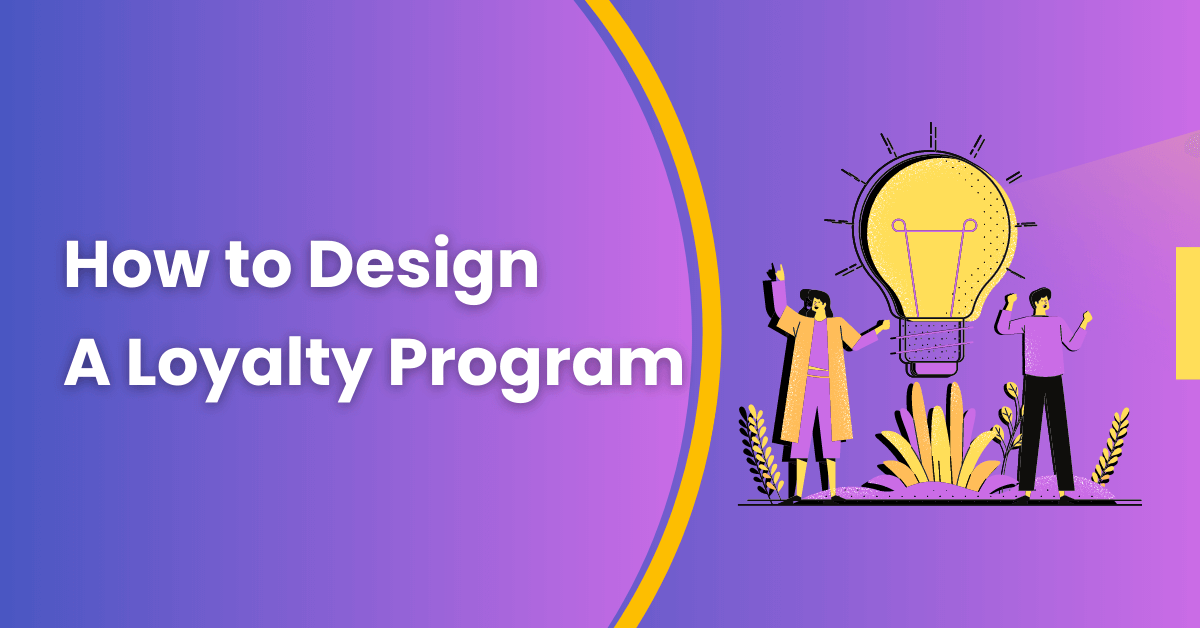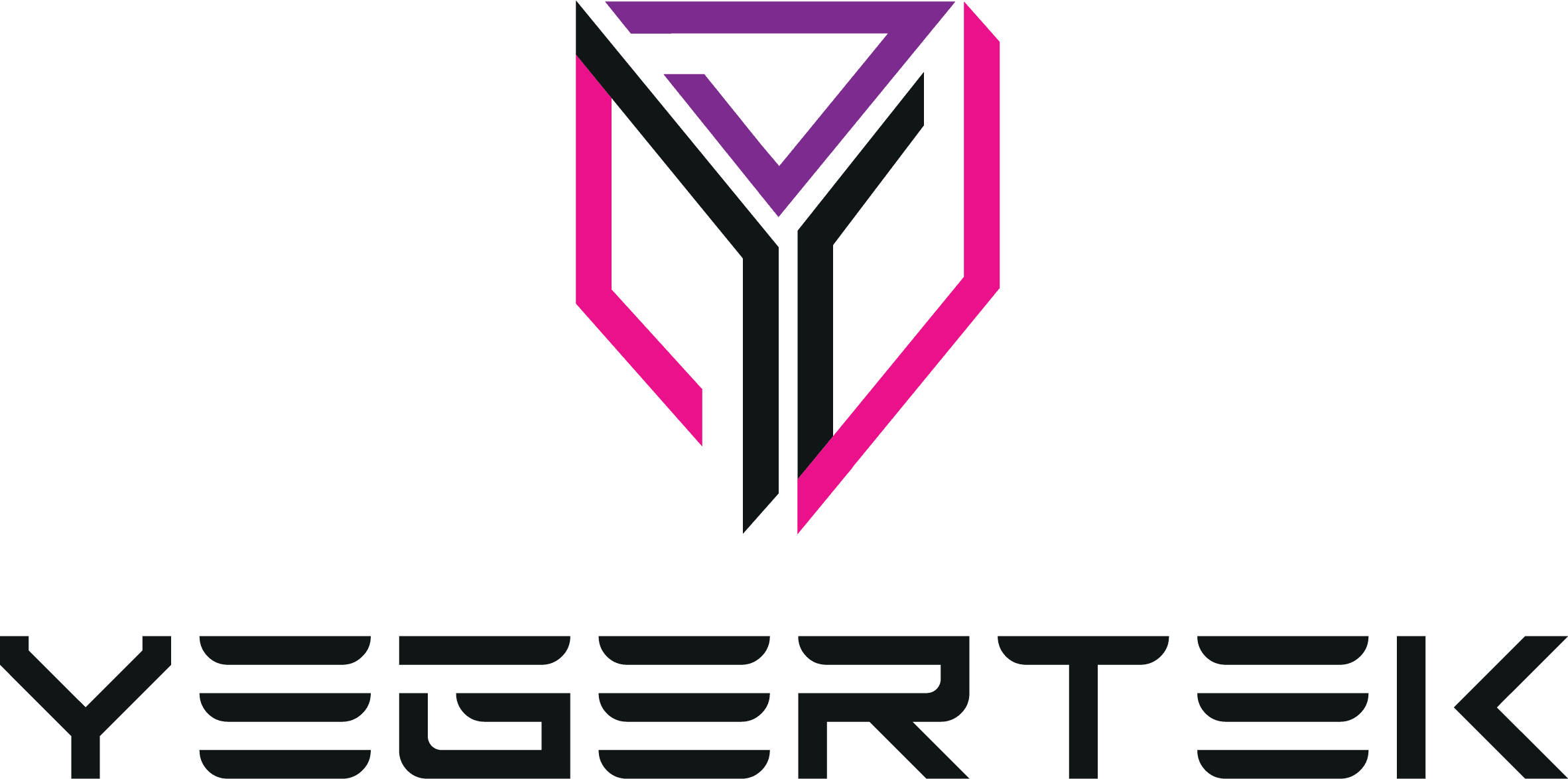
The Basics of Designing a Customer Centric Loyalty Program – The Key to Delighting Customers and Driving Loyalty
As businesses compete in crowded markets, customer loyalty has become more critical than ever. In today’s marketplace, customers have more options than ever, and earning their loyalty requires more than just offering a great product or service.
A customer-centric loyalty program focuses on the needs and preferences of your customers, offering rewards and incentives that resonate with their interests and behaviours.
We will explore the basics of designing a customer-oriented loyalty program and provide practical tips and strategies to help you delight your customers and drive loyalty.
Putting Your Customers First- Why a Customer Centric Loyalty Program Matters
As competition in the business world becomes more intense, companies are increasingly turning to customer loyalty programs as a way to differentiate themselves from their competitors. However, not all loyalty programs are created equal.
A customer oriented loyalty program puts the customer’s needs and desires first. This approach can make a big difference in the success of a loyalty program.
The reason for this is simple: customers want to feel valued and appreciated. A customer loyalty program is designed to do just that. It is tailored to meet individual customers’ specific needs and preferences, providing them with personalized rewards and incentives they will genuinely appreciate.
One of the key benefits of a successful loyalty program is that it can help to build long-term relationships between a company and its customers. By creating a program that truly meets the needs of individual customers, a company can show that it values its business and is committed to providing the best possible service.
Another benefit of a customer loyalty program is that it can increase customer engagement & participation. When customers feel truly valued and appreciated, they are more likely to engage with a loyalty program or take advantage of the rewards and incentives offered.
Identifying Your Most Valuable Customers- How to Segment and Target Your Loyalty Program?
Identifying your most valuable customers is crucial for the success of your loyalty program. By segmenting and targeting your program, you can provide tailored rewards and incentives to customers who will most likely engage with and benefit from your program.
Here are some key steps to segment and target your loyalty program effectively
Analyse customer data: Start by analyzing your customer data to identify patterns and trends. Look at factors such as purchase frequency, purchase amount, and customer lifetime value to identify your most valuable customers.
Define customer segments: Once you have analyzed your data, define customer segments based on factors such as demographics, behaviour, and preferences. This will allow you to tailor your rewards and incentives to each segment’s needs and desires.
Design personalised rewards: Use the insights from your data analysis and customer segmentation to design personalised rewards that are most relevant and valuable to each customer segment.
For example, you offer discounts on the most popular products among a particular feature or provide early access to new products.
Implement targeted marketing: Use targeted marketing to promote your loyalty program to each customer segment. This might include personalise emails, social media advertising, or targeted promotions.
Following these steps, you can effectively segment & target your loyalty program to provide maximum value to your most valuable customers. This will help to increase customer engagement and retention, leading to long-term business success.
Setting Measurable Goals for Your Loyalty Program – What Metrics to Track and Why?
To set measurable goals for your loyalty program, it’s essential to track specific metrics that will help you assess its effectiveness. Here are some of the key metrics you should follow and why they’re essential
Customer Retention Rate: The percentage of customers who shop with you after their initial purchase. A high retention rate indicates that your loyalty program effectively retains customers.
In contrast, a low retention rate may suggest that you need to make some changes to your program.
Redemption Rate: This measures the percentage of rewards that are qualifying by customers. A high redemption rate indicates that your rewards are valuable and that customers are motivated to participate in your loyalty program.
Average Order Value: This metric measures the average amount spent per order by customers enrolled in your loyalty program. A high average order value suggests that your loyalty program encourages customers to spend more money with your business.
Customer Lifetime Value: The total value a customer brings to your business throughout their relationship with you. A high customer lifetime value indicates that your loyalty program is helping to build long-term customer relationships and driving repeat business.
Net Promoter Score: This measures customer loyalty & satisfaction by asking them to rate their likelihood of recommending your business to others. A high net promoter score indicates that your loyalty program effectively builds customer loyalty and advocacy.
For example, suppose your redemption rate is low. In that case, you may need to offer more valuable rewards or make them easier to redeem. Tracking these metrics will help you optimise your loyalty program and maximise its impact on your business.
Choosing Relevant and Personalise Rewards – How to Offer Incentives That Resonate with Your Customers?
Choosing relevant and personalise rewards is crucial to a successful loyalty program. You must understand their preferences and behaviour to offer incentives that resonate with your customers. This means collecting data on their past purchases, preferences, and interests.
as you analysing this data, you can create rewards that are tailored to their needs and desires. customise rewards range from discounts and free products to exclusive experiences and personalise recommendations.
This will help you to build stronger relationships with your customers and increase the overall success of your loyalty program.
Making it Easy and Fun to Participate – How to Design a User-Friendly Loyalty Program?
Keep it simple: Don’t make your loyalty program too complicated. Keep it simple and easy to understand. Customers should be able to sign up easily and quickly.
Make it fun: Add a gamification element to your loyalty program. For example, use badges, points, or levels to make the experience more engaging.
Offer valuable rewards: Ensure your rewards are helpful and relevant to your customers. It’s important to offer rewards that customers want and will use.
Communicate clearly: Communicate the benefits and rewards of your loyalty program clearly to your customers. Use simple language and avoid jargon.
Provide multiple ways to earn points: Offer multiple ways for customers to earn points, such as through purchases, social media engagement, or referrals.
Provide easy ways to redeem rewards: Make it easy for customers to redeem their rewards. Use a simple and user-friendly redemption process.
Offer personalise experiences: Personalise the loyalty program experience for each customer. Use data and insights to offer relevant rewards and recommendations.
Listen to customer feedback: Ask for customer feedback on your loyalty program. Use their feedback to make improvements and provide a better user experience.
Remember, a user-friendly loyalty program is all about making it easy and enjoyable for customers to engage with your brand and earn rewards. You can increase customer engagement and loyalty by keeping it simple, valuable, and personify.
Measuring and Optimising Your Program – How to Track Your Results and Improve Your ROI?
Set clear goals: Before measuring your loyalty program’s success, define your goals. What do you want to achieve with your program, and how will you measure it?
Track key metrics: Monitor key metrics like customer retention rate, redemption rate, and customer lifetime value. This data will help you understand how well your loyalty program performs and where to focus your optimisation efforts.
Analyse the data: Analyse the data you collect to identify trends and patterns in customer behaviour. Use this information to optimise your loyalty program and improve its performance.
Experiment with different approaches: Don’t be afraid to try different approaches to see what works best. For example, you could offer extra rewards, change the redemption process, or add gamification elements.
Get customer feedback: Ask your customers for feedback on your loyalty program. Use their input to make improvements and provide a better user experience.
Continuously optimise: Optimisation is an ongoing process, so be prepared to continuously optimise your loyalty program based on the data you collect and the feedback you receive.
Measure ROI: Finally, track your return on investment (ROI) to ensure that your loyalty program provides value to your business. Calculate the cost of your program and compare it to the revenue generated by loyal customers to determine your ROI.
Measuring and optimisation your loyalty program is critical to your success. Track key metrics, analyse data, try different approaches, therefore you continuously optimise your program to improve performance and increase your return on investment (ROI).
Collecting customer feedback and setting clear goals can help you stay on track and ensure your loyalty program adds value to your business.



